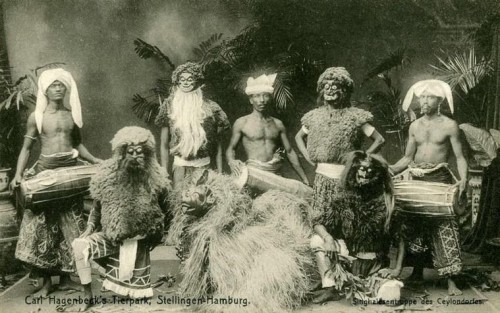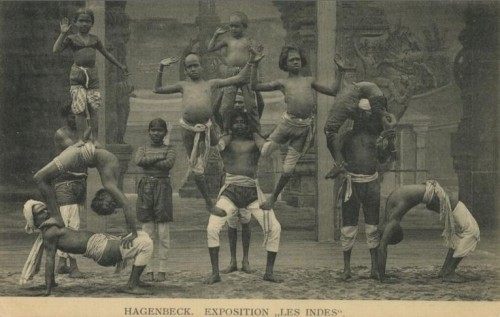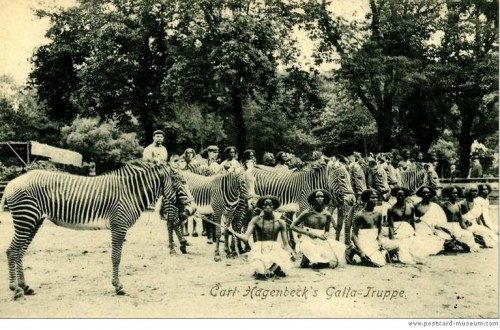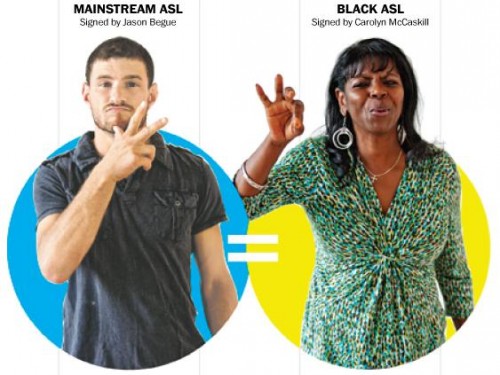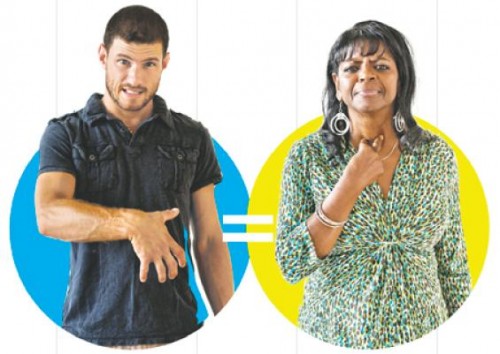Gwen and I ran our favorite posts from 2012 over the last six days. Just in case you missed them, here’s our best of 2012!
- Stairs and the New York City Habitus
- “Too Much Mother Love”: Proving the Necessity of Nurture (pictured)
- How do We Define Family?
- Gender and the Dual Career Academic Couple
- When Intensive Mothering Meets Special Needs (pictured)
- How Census Data Collection Changed Race in America
- Watermelon: Symbolizing the Supposed Simplicity of Slaves
- Racialized Representations of Evolution (pictured)
 Transnational Politics and Neocolonialism
Transnational Politics and Neocolonialism
- Is the Sky Blue?
- The Politics of “Discovery”: The Case of the Lesula (pictured)
- IKEA Erases Women for Saudia Arabian Audience: Balancing Feminism and Cultural Sensitivity
- Women and Exclusion from Long Distance Running (pictured)
- “I Fancy the Lead Singer”: Bands, Fans, and Gender
- Gaydar Study Calibration
- Gender and Biased Perceptions: Scientists Rate Job Applicants
- The “Sworn Virgins” of Albania: Social Rules and Accommodations
- Male Affection in Vintage Photos (pictured)
- The Manly Origins of Cheerleading
- Child Labor and the Social Construction of Childhood
- The Bachelor Pad: Myth and Reality (pictured)
- Myths and the Media: A Case Study of the “Boomerang Generation”
See also, last year’s highlights:
- The Mental Burden of a Lower Class Background
- Of What are We Capable? Human Echolocation
- A Thoughtful Response to the “Asians in the Library” Rant
- Formula for a Successful American Movie
- Gender, Obentos, and the State in Japan
- Babies Learn How to Have a Conversation
- In Defiance of Title IX: Colleges Report Male Athletes as Women
- Art and Attribution: What is an Artist?
- How to Make an Art: By Hennessey Youngman
- The Innovation Trap: How the iPhone Isn’t Saving America
- Change Blindness
- Cultural Differences in Cognitive Perception
- Luxury and the Consumption of Labor
- Are Game Show Audiences Trustworthy
- Gender, Sexualization, and Rolling Stone
- Best Comic Ever: The Scientific Process
- Cousin Marriage
- The Hidden Beneficiaries of Federal Programs
- A Critique of Capitalism by G.A. Cohen
- What Makes a Body Obscene?
And a Happy New Year to everyone!!!
Lisa Wade, PhD is an Associate Professor at Tulane University. She is the author of American Hookup, a book about college sexual culture; a textbook about gender; and a forthcoming introductory text: Terrible Magnificent Sociology. You can follow her on Twitter and Instagram.













